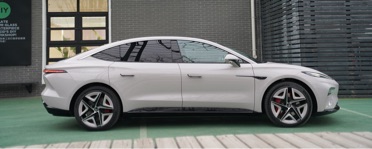I am currently considering both the NIO ET7 and the FEIFAN F7. I have placed a small order for the F7 at 77,000 RMB and am waiting to see where the final presale price of 280,000-350,000 RMB will land. However, it is certain that the price difference of more than 100,000 RMB between these two medium-to-large-sized C-class cars is significant. I am also wondering what advantages the extra 100,000 RMB could bring me with the NIO ET7, such as a nanny-style intimate service and a relatively mature battery swapping experience. After participating in the “Bach Cockpit” activity of the FEIFAN F7 a few days ago, I think I have found the answer.
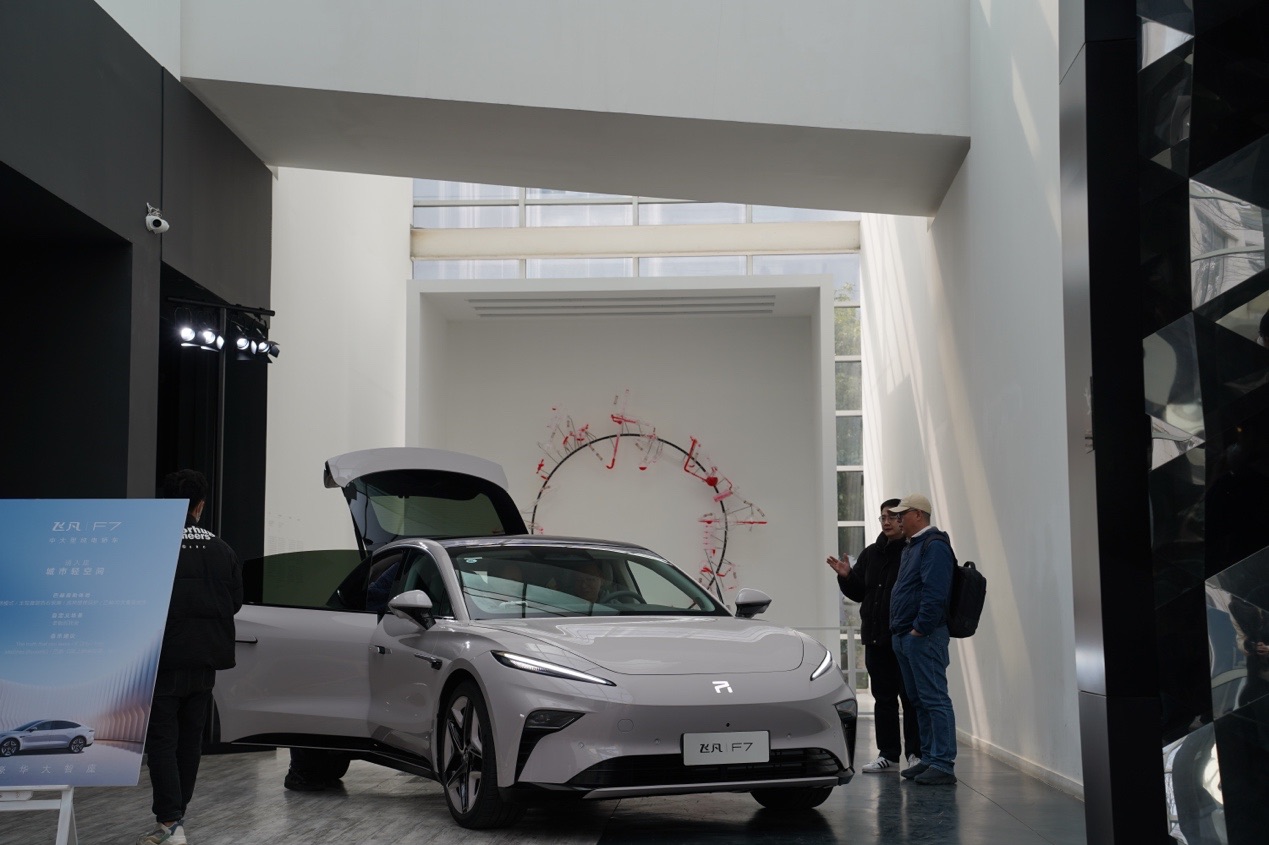
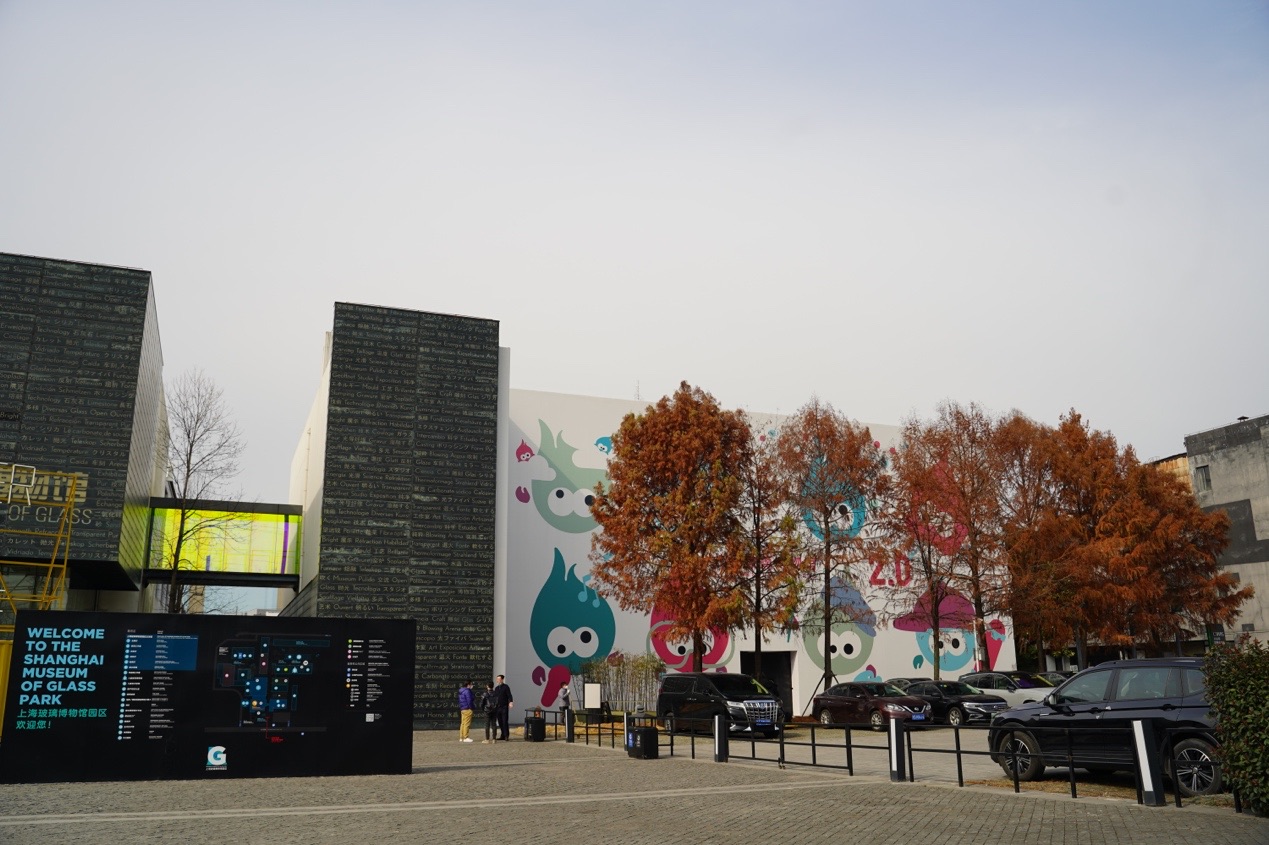
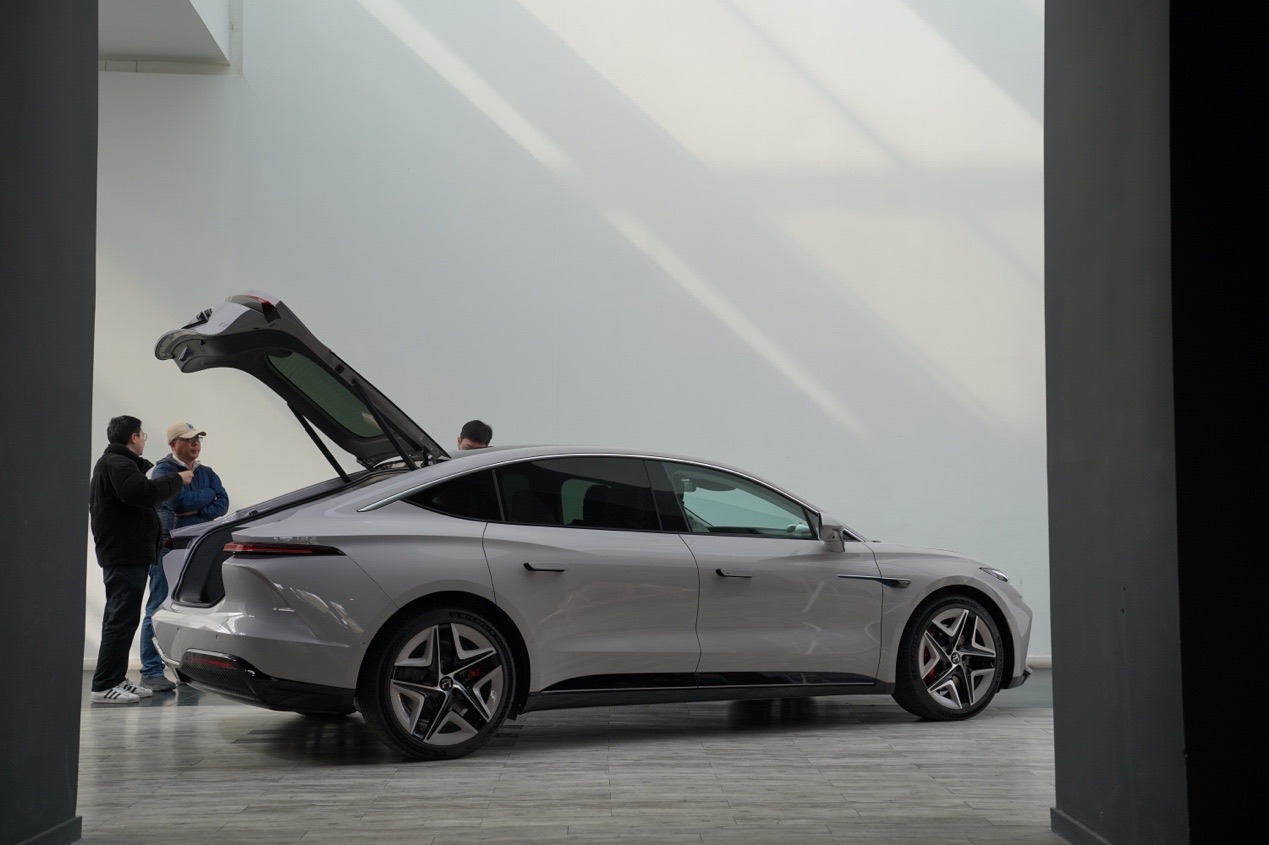
In the case of new energy electric vehicles, intelligent experience is a very important part. This is also an important reason why I am willing to spend money to experience electric cars. Before experiencing the Bach Cockpit of the F7, I thought that NIO’s intelligent cockpit was acceptable. NOMI is particularly efficient and accurate, and I have experienced the battery swapping process once, which is efficient and widely deployed. Although the content of the in-vehicle system is concise, what should be included has been included. However, the in-car intelligent configuration is relatively single, which is biased towards the driver’s seat experience (HUD, instrument panel, and central control screen), leaving other passengers in the car feeling a bit bored. Since I often travel with my family and friends, a comprehensive cockpit experience is important to me.

(NIO ET7 cockpit)
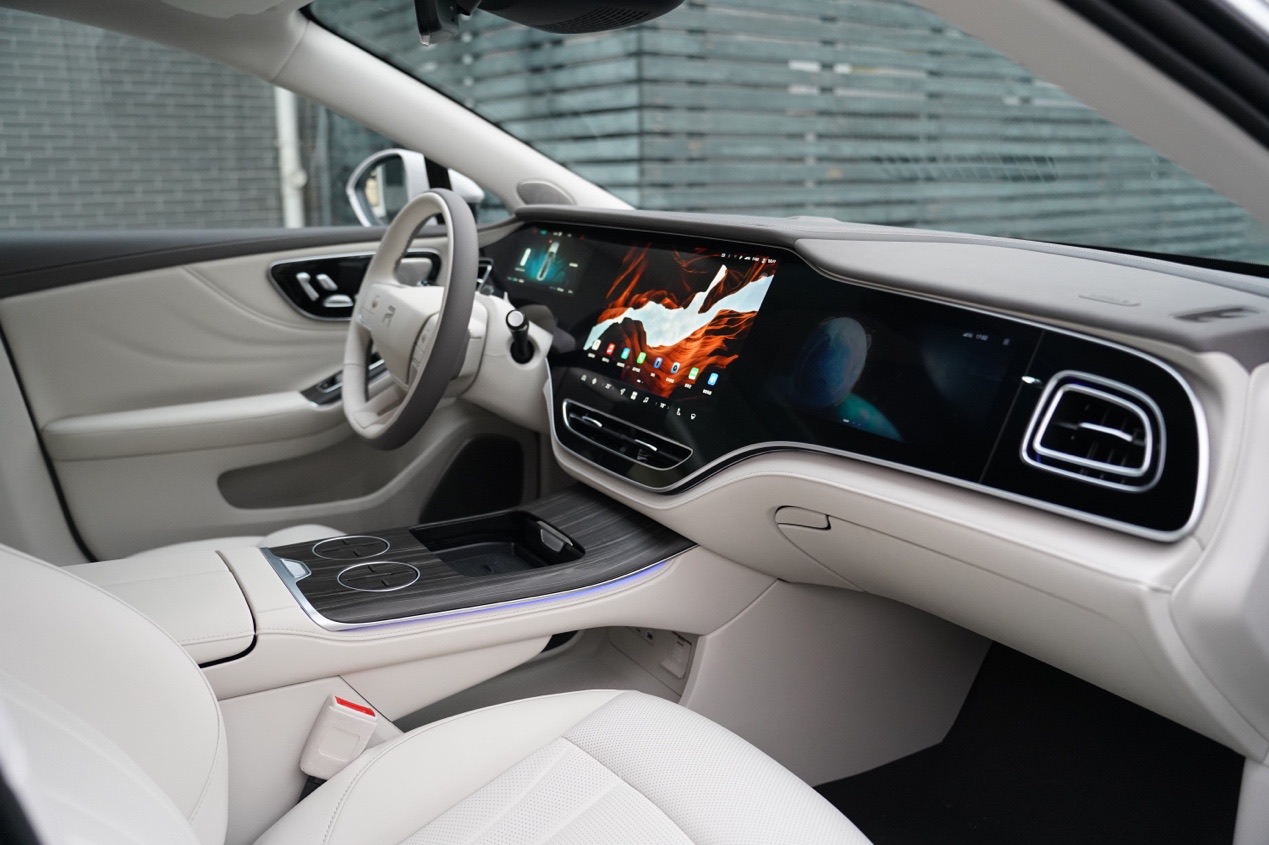 ## (FAW Besturn F7 “Bach Cockpit”)
## (FAW Besturn F7 “Bach Cockpit”)
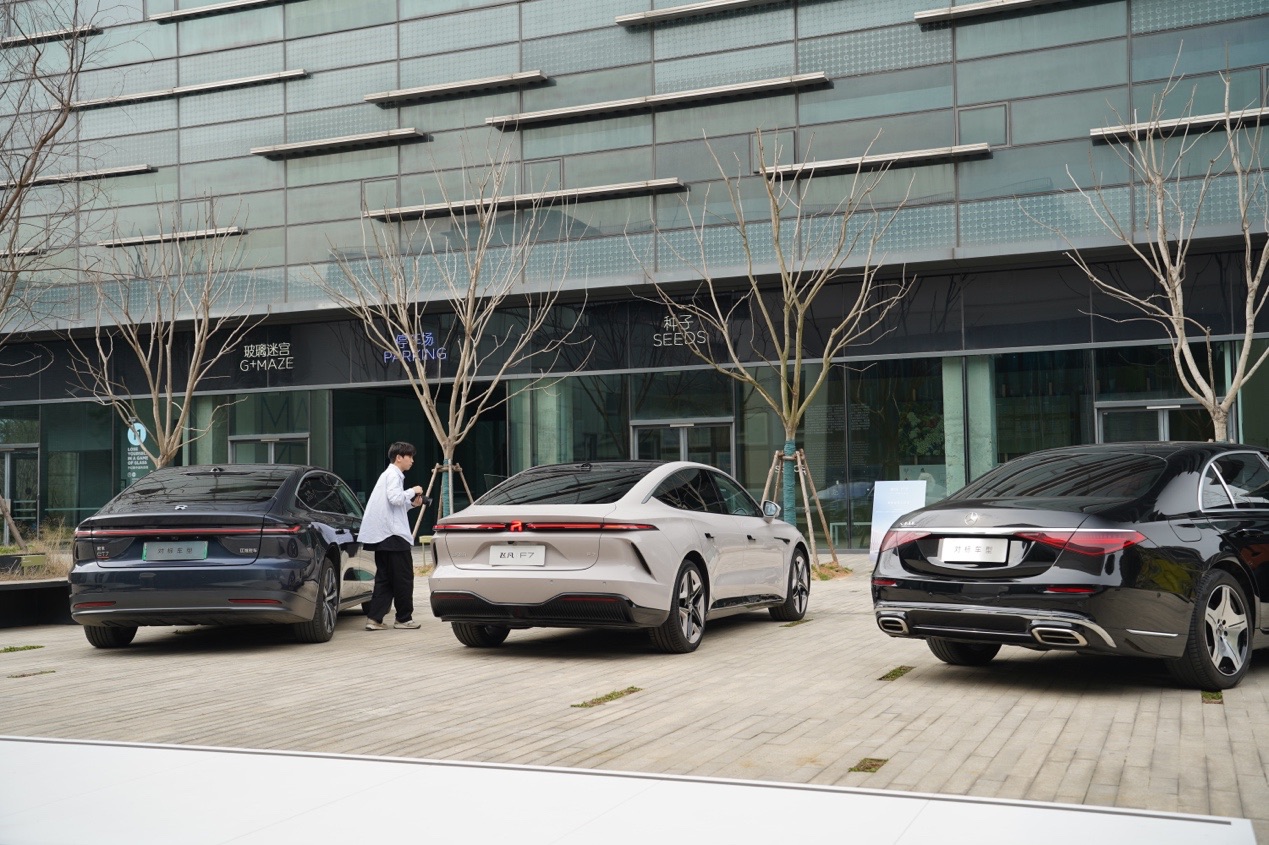
Three Cars Comparison (NIO ET7, FAW Besturn F7, Mercedes-Benz S)
As for FAW Besturn F7’s Bach Cockpit, it is perfectly built upon my needs. One of its features is the functional partition inside the car. The driver can use the dashboard and central control screen, the co-driver has an independent screen for audio and visual entertainment, and passengers in the backseat can also listen to music and watch movies on the 8-inch touch screen, creating a two-way audio-visual experience in the front and back areas. The AMOLED central control screen and Mini-LED side screens are also visually impressive.

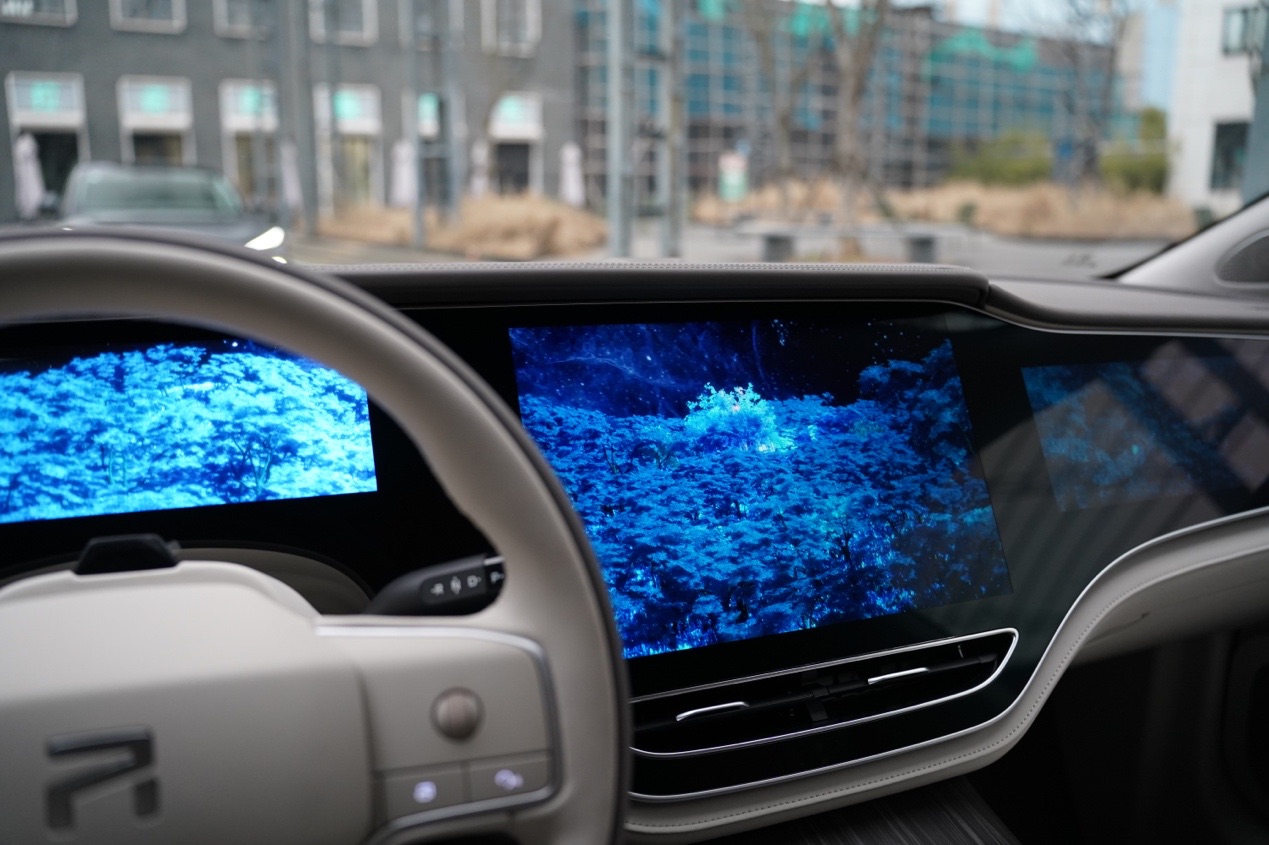
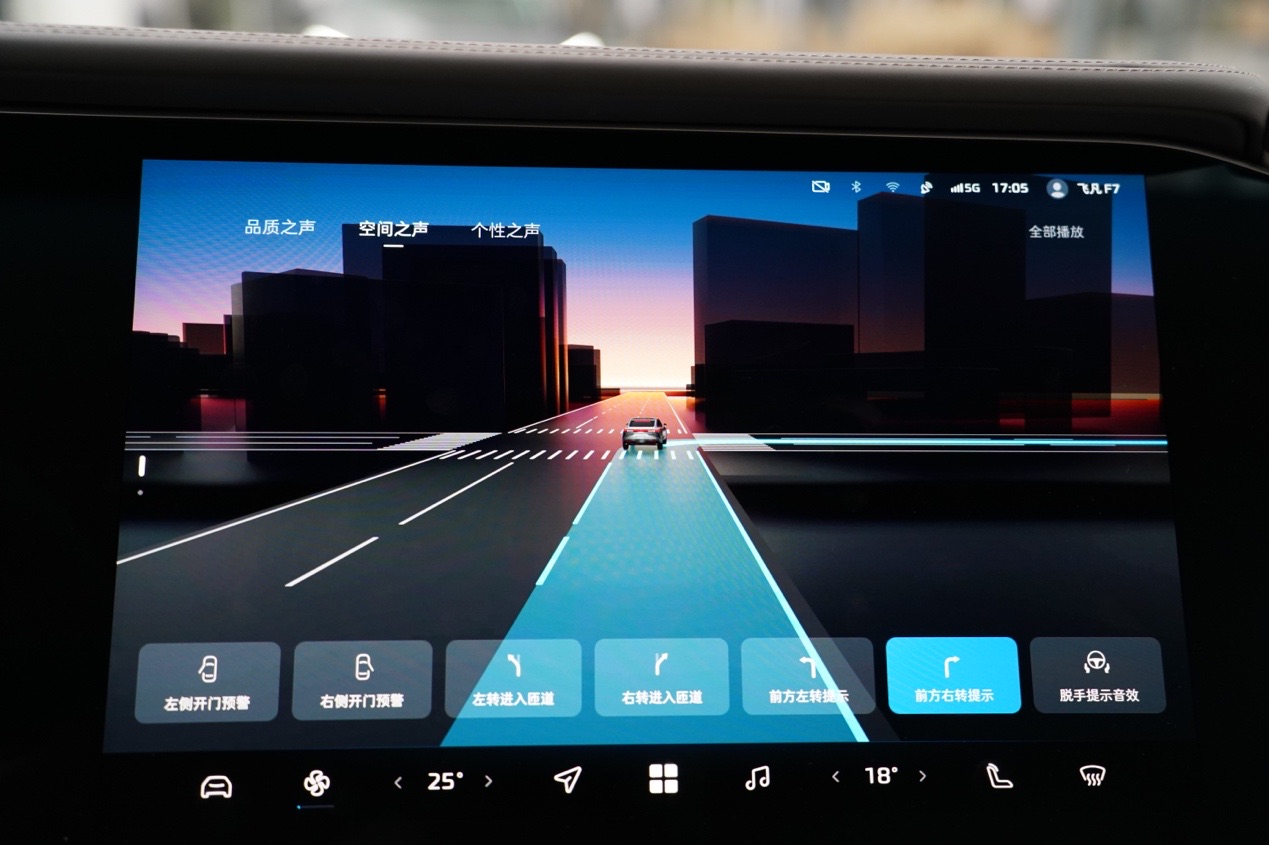
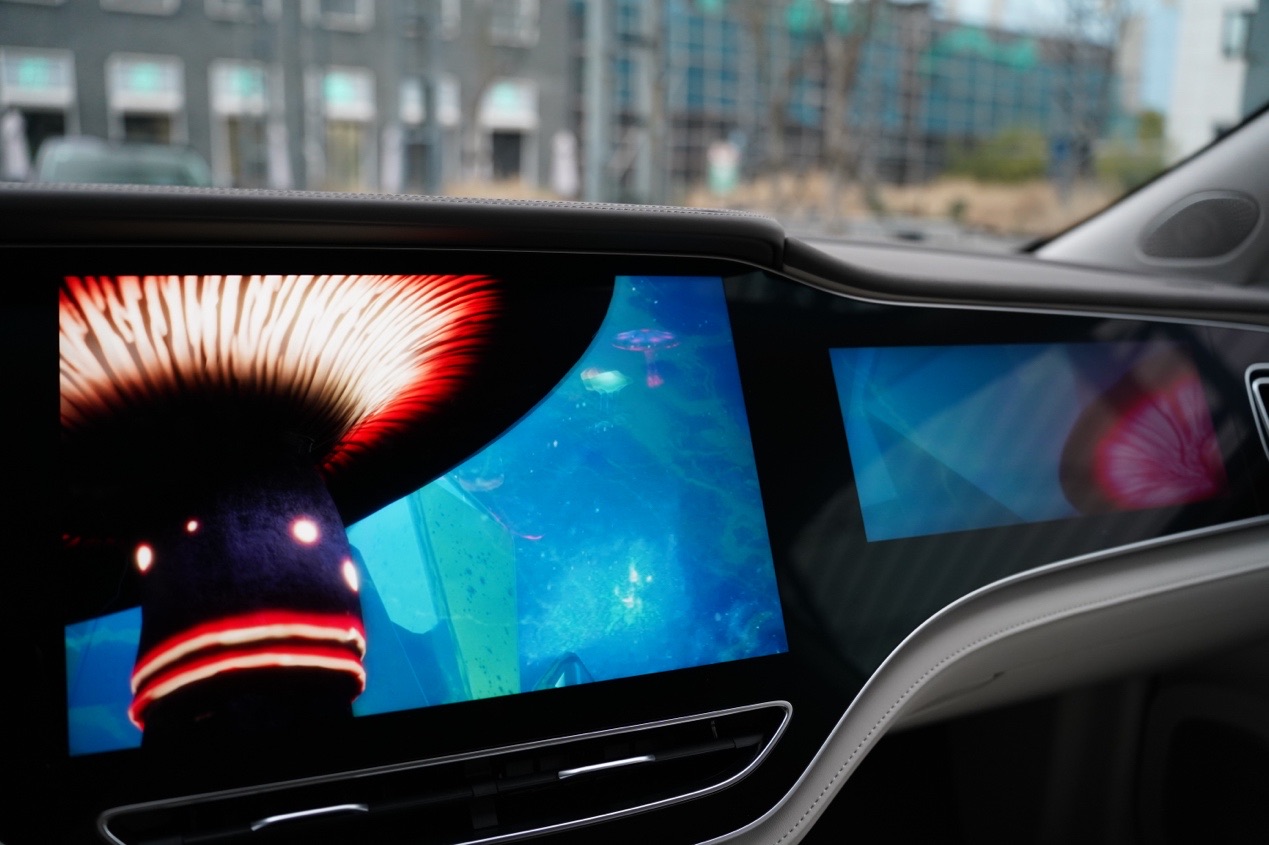
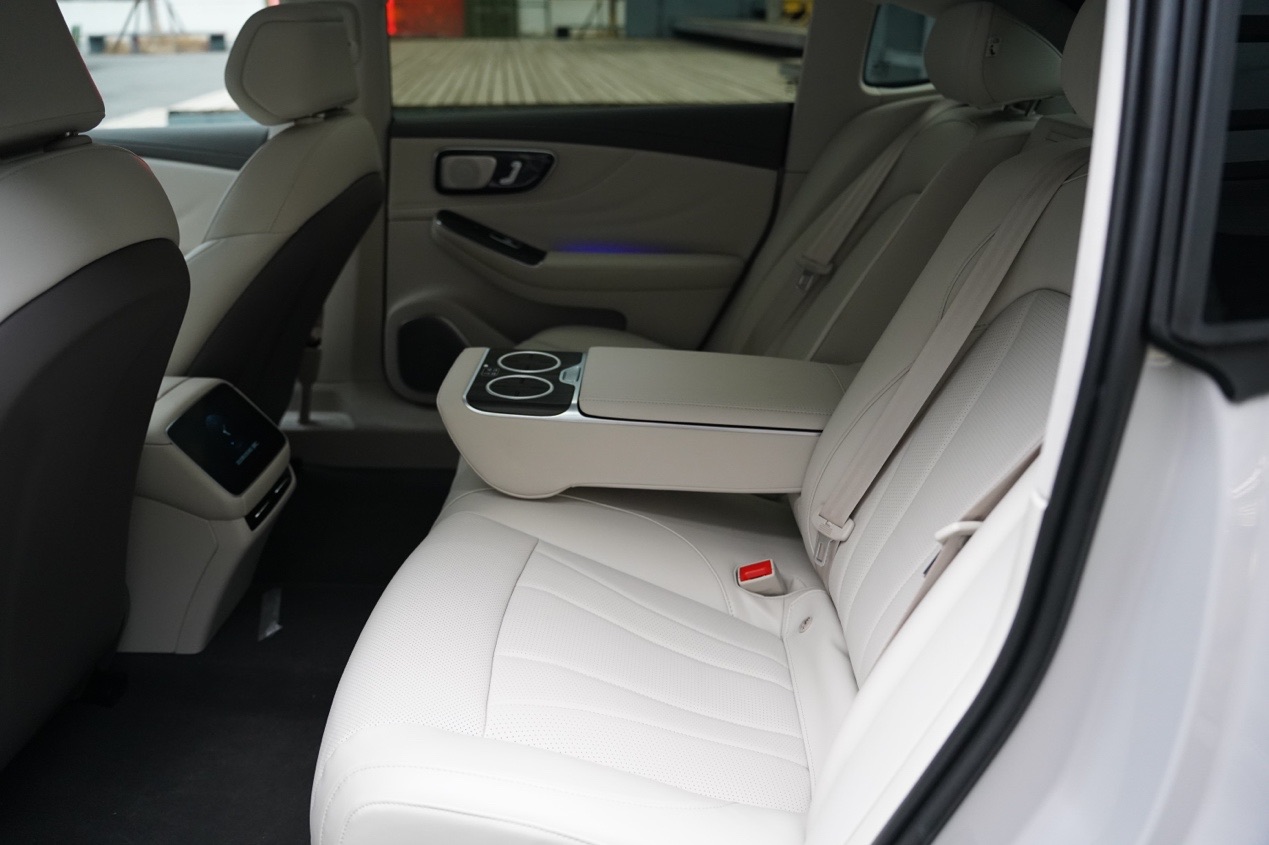
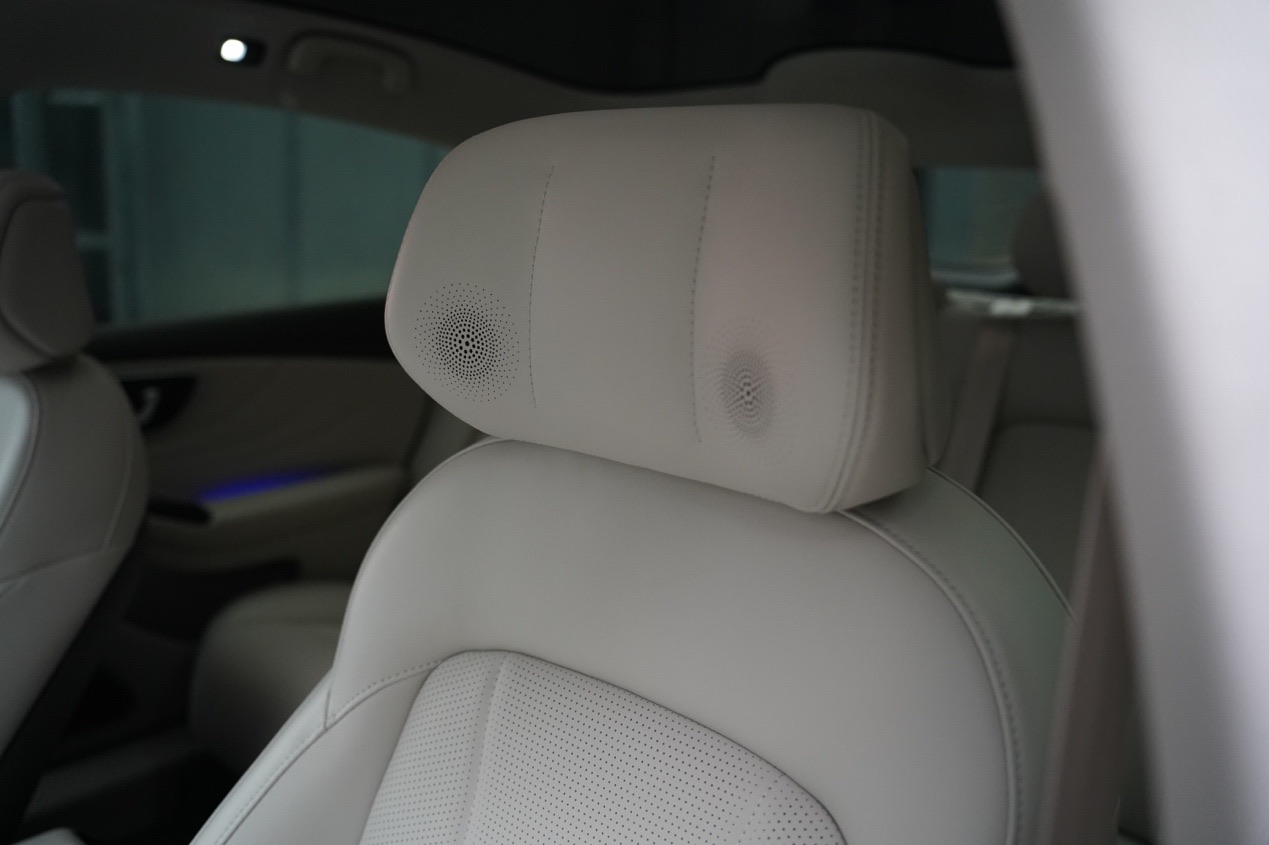
Since we are talking about audio and visual entertainment, it is impossible to overlook the sound system configuration. NIO has 23 speakers which are dominant in quantity and also have obvious sound perception and a broad sound field. However, you need a certain level of vocal knowledge to adjust the equalizer, otherwise, the “more speakers” effect will lead to a special mixed sound. This may also be related to the reverberation design of the car interior. Many foreign car companies will consider the reverberation inside the car when configuring the car audio system, such as Volvo’s Bower & Wilkins, etc. Obviously, NIO is lacking in this aspect. FAW Besturn’s choice is “quality over quantity”. With 16 speakers, it has done more work on acoustics. The default frequency response already gives an impressive listening experience. The front headrest is also equipped with a speaker module, laying the foundation for sound zone separation (such as independent sound field in the front and back rows) and vector sound effects. When navigating, it will also link the vector audio to play navigation sounds in different directions which is an interesting feature.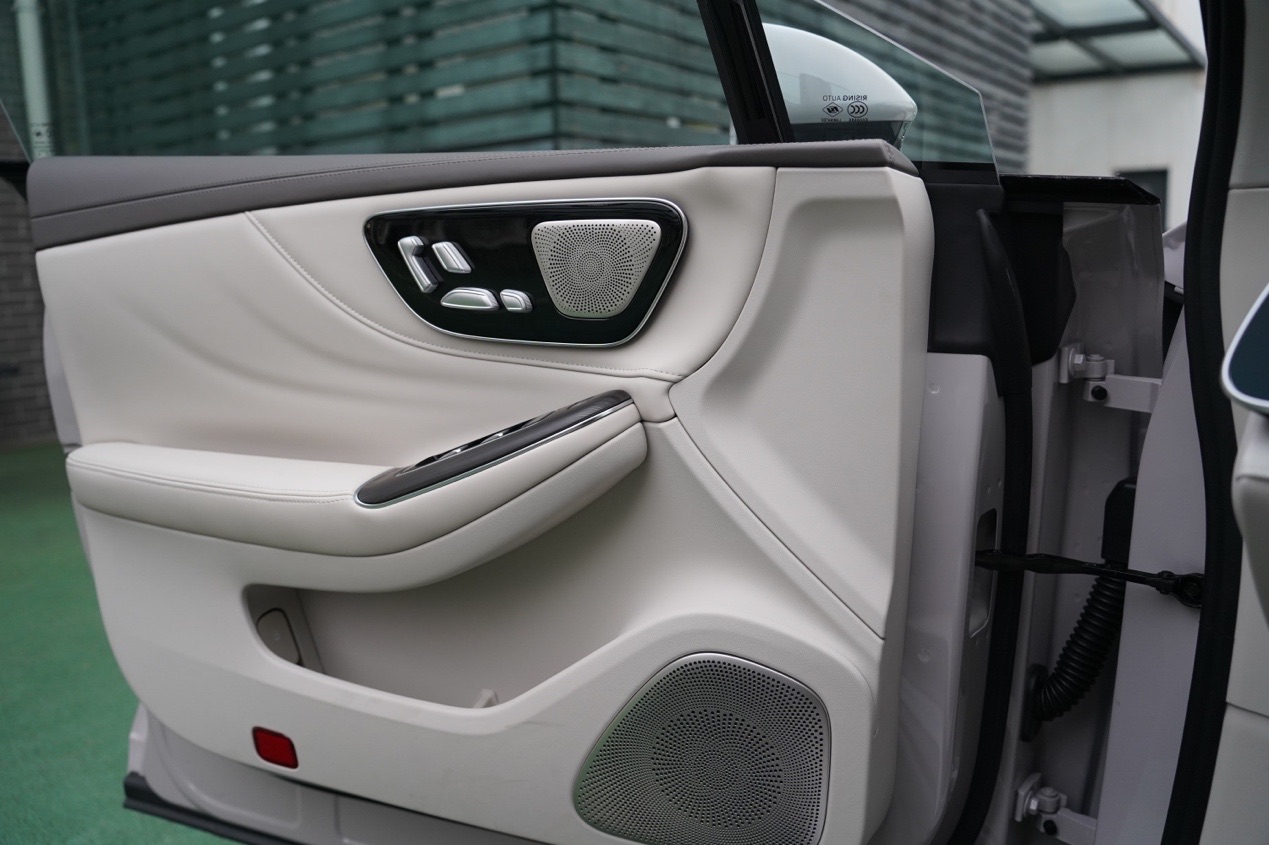
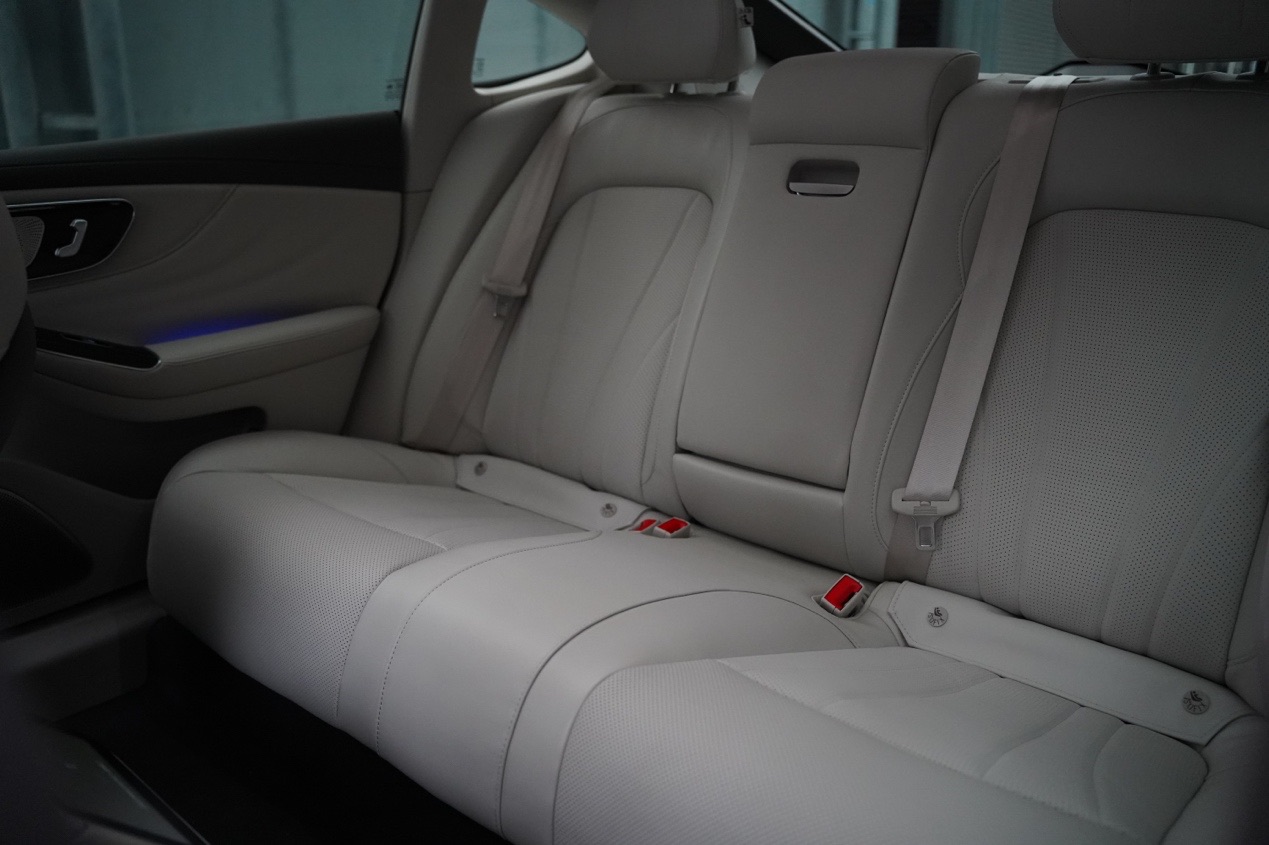
The second point is quite important. The space and seat experience of the F7 is much better than that of the ET7. No matter how you look at my words, this is a fact that is placed in front of us. After waiting for the exhibition car to come out, you will naturally know. Under the same premise of supporting battery swapping, the F7 has a lie-flat battery pack structure, so when sitting in the car, you can feel that the platform height is slightly lower than that of the ET7. This is very important for a car that is performance-oriented.

The Bach chair of the F7 is an important part of the Bach cabin. Its characteristics are thicker, longer cushions, and backrest design that fits the back better. These designs are based on the basis of FF’s mastery of more than 3,000 Chinese body condition index data indicators. Therefore, it is meaningless to talk about the significance of the 580 mm cushion length and what other parameters are. Because the hardware standard of the F7’s seats is placed here, sitting on it is more comfortable than the NIO ET7, it’s that simple.
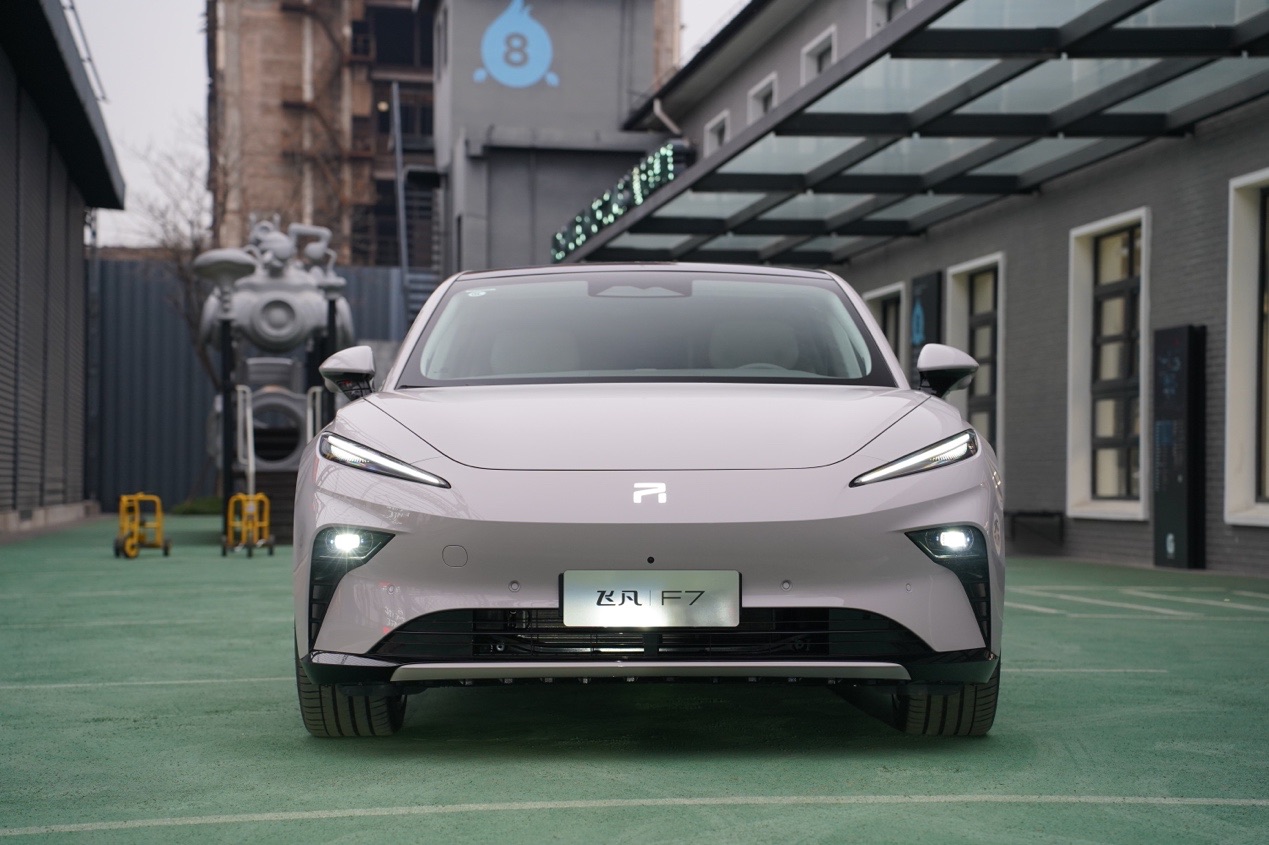
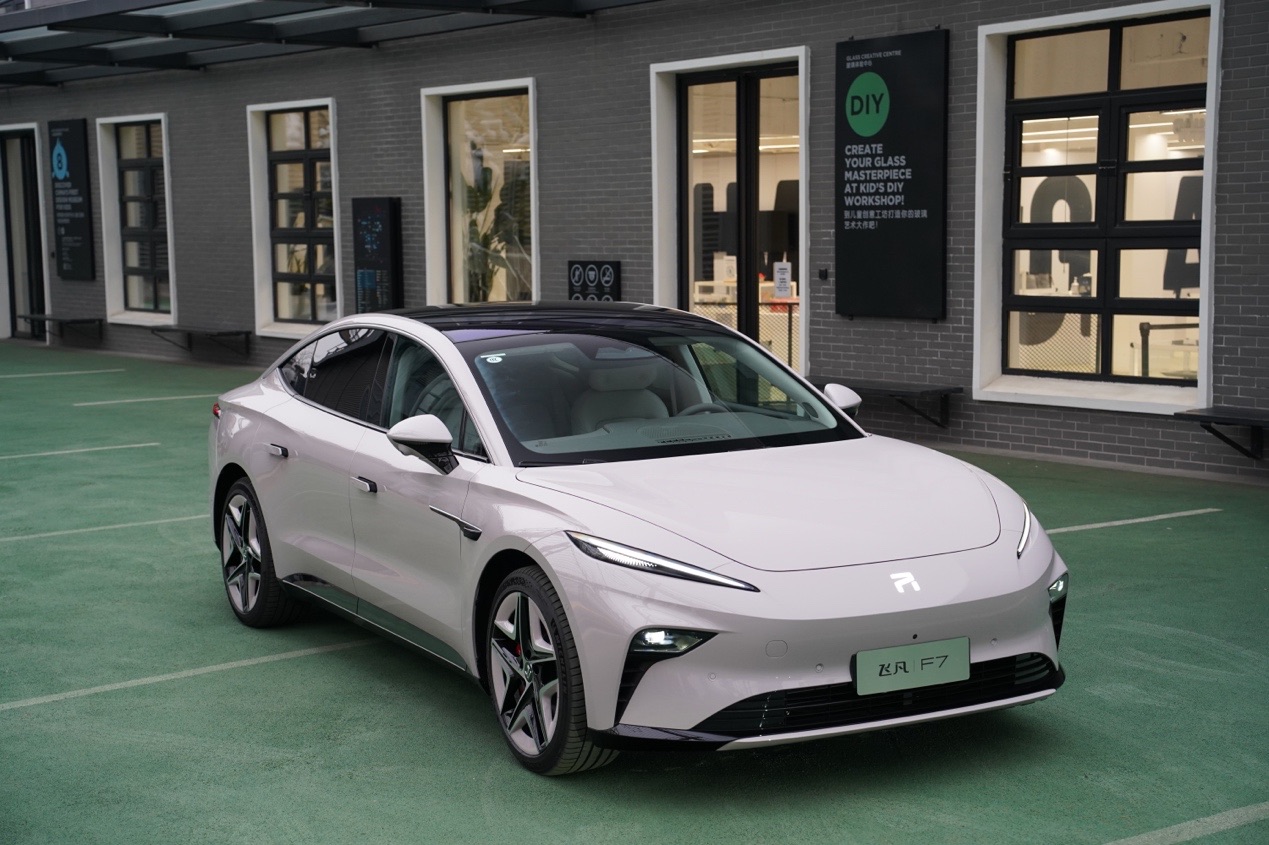
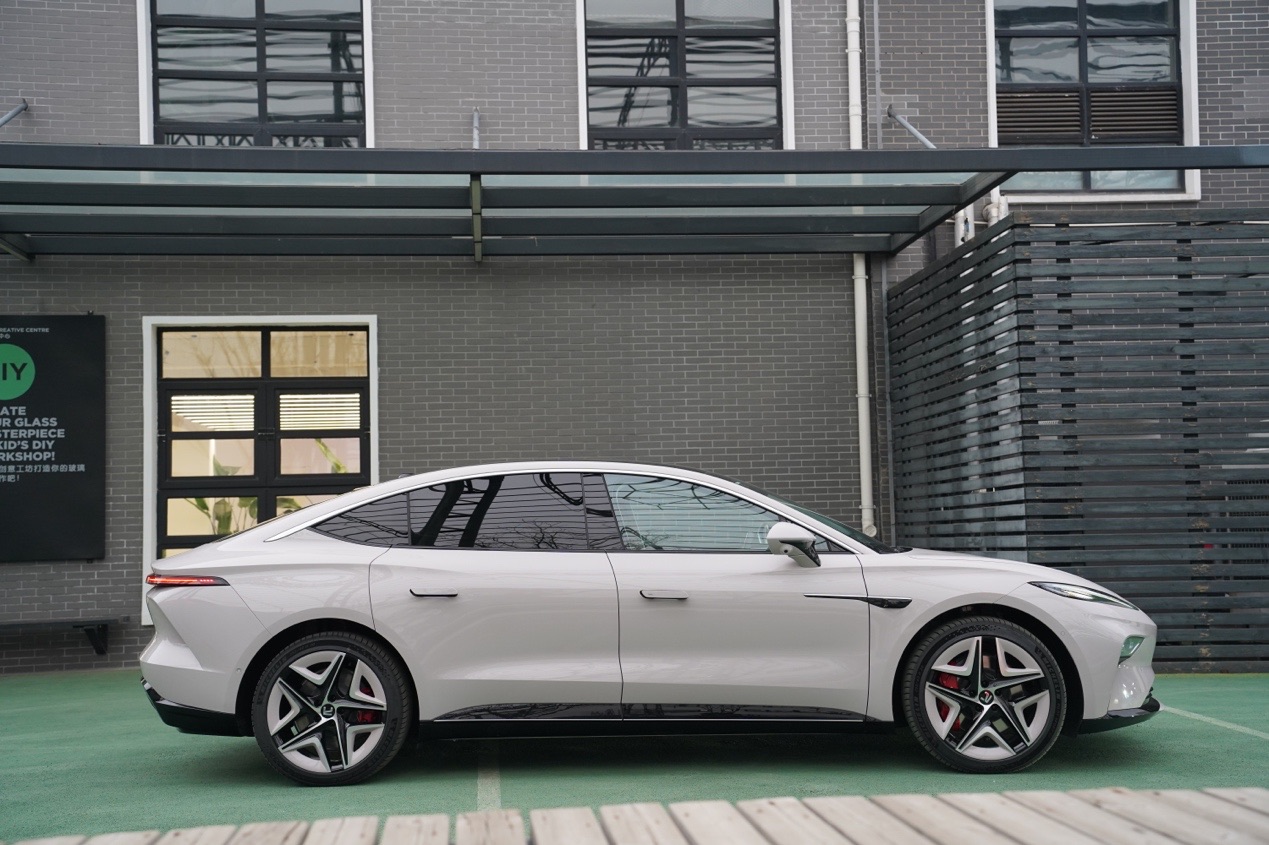
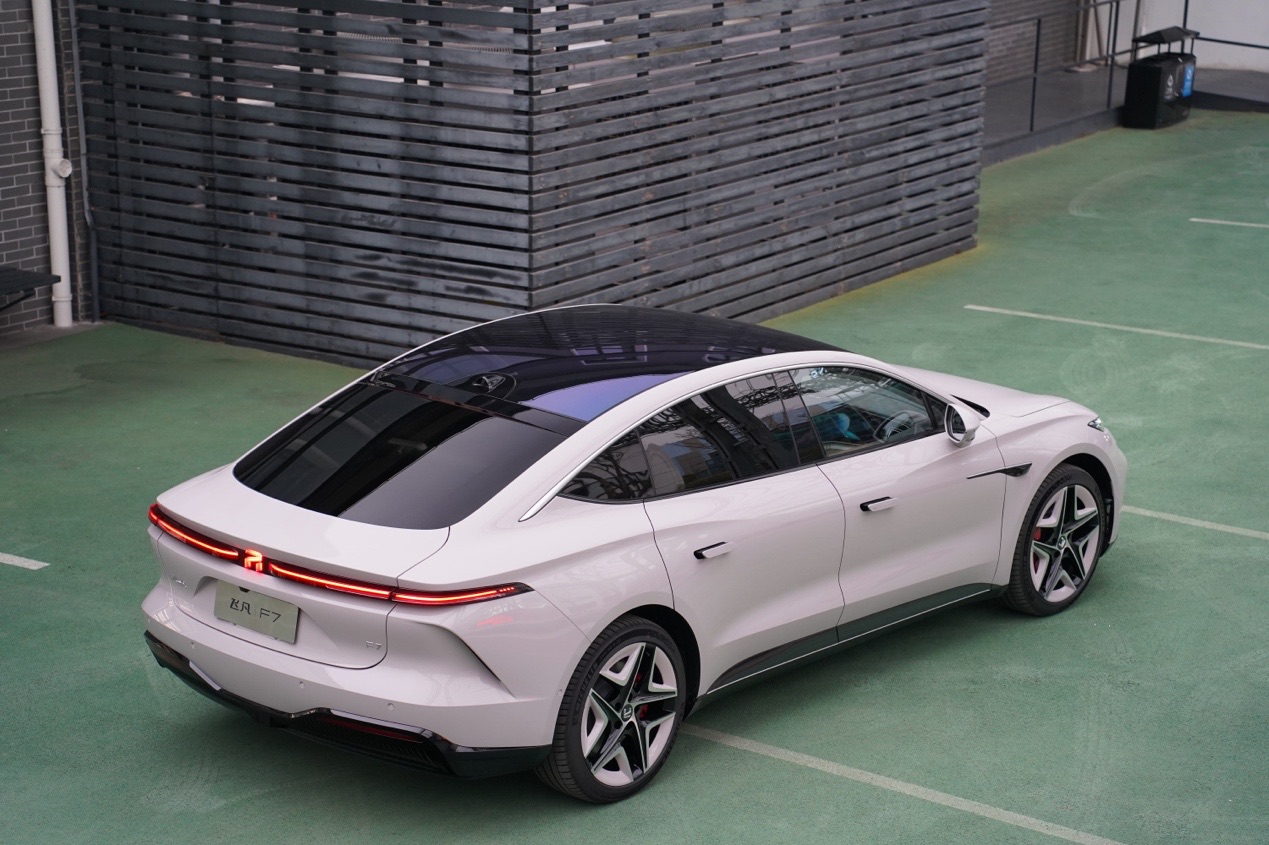 “`
“`
Finally, let me talk about my own feelings. I must admit that NIO ET7 has its advantages at its price point, as I mentioned before. However, considering the price difference of 100k+ CNY between ET7 and FF7, I need to weigh my own needs. If I need the “services,” “battery swap,” or so-called “brand power” of NIO’s premium, then I will choose NIO ET7. But starting from actual needs, FF7 gives me a better experience at a lower price (such as the cockpit configuration I want, etc.), which is more suitable for me.
“`
This article is a translation by ChatGPT of a Chinese report from 42HOW. If you have any questions about it, please email bd@42how.com.
